Download The Photoshop Color Control ActionPack For Free!
Download the source photos to follow along here.
In this video we will be looking at how to blend multiple exposures taken over sunset and blue hour. This is a really nice technique to use for cities, where you can blend all of the city lights into the sunset.
I set up my tripod in Yokohama, Japan and kept it there for over an hour, taken photos as the light changed. If you’re serious about this kind of photography, you do need to be happy to stay in one place for a long time, without moving your camera, but I think the results are worth it.
Of those photos I took, I’ve cut it down to five exposures that I want to use, which I have already processed using the totally free Lightroom Develop System, available from www.lapseoftheshutter.com. I go into more detail on how to use Lightroom effectively in some of my other videos. We’ll skip it this time, as this video is about how to blend these exposures together. After loading the five photos into Photoshop, we can quickly go through them and see the sun setting and blue hour taking hold. There’s a handy clock on the ferris wheel , so you can keep track of which photo was taken when. The first is from 5.24, the last from 6.03, so not a large time frame, but one in which the scene changes markedly.
I’m going to set one of the later photos, from 6.00pm as the base layer that we will blend the other exposures into. This is a nice blue hour photo with plenty of city lights and a not too dark sky. It looks good on its own, but if we can simply blend the sunset into the sky from the previous photos, we should be able to make something even more special.
Let’s start by fixing the ferris wheel. In the base exposure, it’s overexposed and a not particularly attractive colour, due to this photo being a long exposure. In reality, the ferris wheel was constantly changing colour in waves. I pushed the ISO up and opened the aperture on the camera to get a quick shot of it with all the different colours intact. This has captured the colours, but in a noisy, unsharp photo. In this case, none of that matters, as all I’m going to do is add a layer mask, fill it with black so none of that photo shows through, then paint the ferris wheel back in by hand, using a large soft brush, building it up layer on layer, so that the only part of that high ISO, blurry photo that shows into our final version is the ferris wheel, and of course its reflection in the water. A minor, but worthwhile change.
Now we can get into the real blending, and for that we are going to use modified luminosity masks. If you haven’t watched the video on 5 ways to blend multiple exposures, or seen the accompanying article, you might want to check that out first. This technique uses concepts introduced in that video and tutorial.
We are going to build the blend up one photo at a time. It doesn’t really matter which photo you start with, but it generally helps to begin with the photo that most closely resembles your base exposure, in this case the blue hour photo, so we’ll start with this, taken nearly fifteen minutes earlier when the streetlights were just starting to come on. There’s a red glow on the horizon and in the water that we want to keep, and blend into our base exposure. So how can we select this red sky? Essentially, the area we want is both bright and red, so the easiest way to select it is with a luminosity mask intersected with the red channel. This is much easier to do than it sounds! First, go to the channels tab and control-click on the RGB thumbnail. This creates your luminosity mask. That is, the brighest pixels in your photo are now selected. Then, you can filter this selection to contain only the most red pixels by holding down control-alt and clicking on the red channel thumbnail. Now, you’re selection consists of the brightest red pixels in your photo, the sunset. Go back to the layers tab and click the symbol to add a layer mask, and the selection will automatically be applied to the layer mask. You can see that the selection is more complex than just the area of red clouds, which will give us a much better and more subtle blend. You can also modify this mask by hand of course, by taking the paintbrush and painting out any areas that you don’t want blended. In this case, we don’t want any of the ferris wheel from this exposure, so I will paint over it black. So, if we have a quick before and after, you can see a subtle sunset has been added to the sky and to the refelection of the sky in the water. Also, some texture has been added to the clouds up here.
Let’s repeat that process with the earlier sunset shot, taken just as the sun passed the horizon. Again, we go to the channels tab, control-click on the RGB thumbnail, and control-alt click on the red channel, to filter the luminosity mask to only the brighest red pixels. Going back to the layers tab, we can add a layer mask, and see the results. Again, we can use the paintbrush to paint out the ferris wheel, and I will also paint out some areas of the sky that haven’t blended too well. We are building up the sunset slowly in layers, with just one more to go to complete the effect.
Our final photo contains the brighest part of the sunset. This will need to be blended carefully so that it doesn’t overpower the rest of the blend. We won’t use luminosity for this selection, but will instead make a selection based entirely on red-ness. If you go to the channel tab and control-click on the red thumbnail, this produces a selection of only the most saturated red pixels. This has nothing to do with brightness or luminosity, only red saturation. This has produced a much wider selection than if we combined it with a luminosity mask as we did before, and on it’s own is too overpowering. I’ll paint some of this out with the paintbrush, then we can use blending modes to soften the effect.
Changing the blending mode to soft light has made a big difference, but it’s still a little powerful for me, so I will also reduce the opacity of the layer to around 80%.
That’s the blend complete. This is a powerful way of adding dynamism to otherwise flat blue hour and sunset photos. All you need to do it successfully is several photos taken over sunset and blue hour from the same location. You will need a tripod for this, and you will probably need to stay in one place for 45 minutes to one hour, avoiding the temptation to move your camera, so make sure you are happy with your composition before you start.
Although the blend for this photo is now complete, I would still run this photo through my landscapes masterclass workflow. If you want to take a look at what that involves, it is freely available as both a text and video tutorial at www.lapseoftheshutter.com, where you can also find the Lightroom Develop System, Photoshop Colour Control ActionPack and Photoshop Landscape Colour Grades, also all available for free download.
Get the Photoshop Color Control Action Pack for free!Subscribe to the mailing list and get a free download link right now
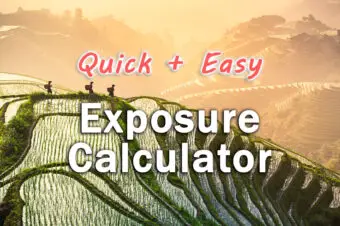
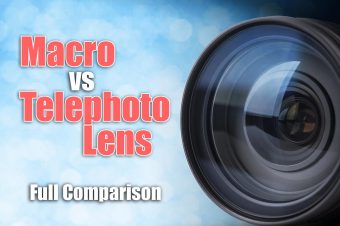
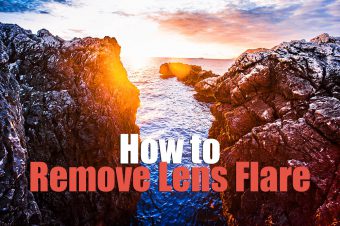
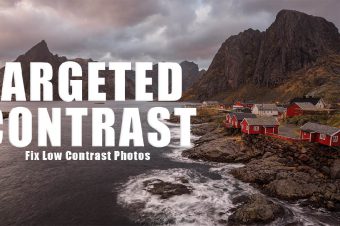
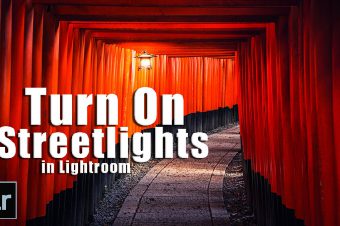
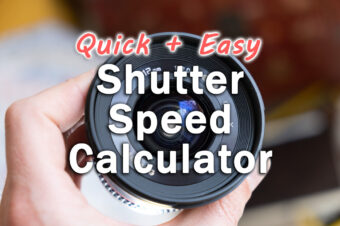
Leave a Reply